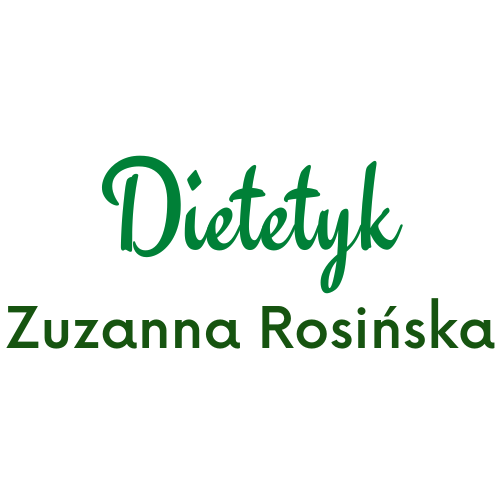Healthy shopping Bez kategorii
Healthy shopping – learning from the ground up. You want to eat healthy, but don’t know what to buy and how to know if you are really healthy? Are you afraid of the flood of different types of products? Do you think to eat healthy, you have to taste something?
Healthy shopping can even help you save money by saving on medicines and frequent visits to the doctor, for example. If so, it’s up to you to decide whether you want to invest in healthy food or medicines and doctors at a later stage. Because with unhealthy foods, there is no chance that our health will not one day be damaged.
The Poles have a very fitting saying: “The clever Pole after the damage.” So prevention is better than cure.
Healthy shopping
The article How to Eat Healthily and Don’t Go Bankrupt will show you that buying a healthy diet with your head will not bring you pleasure. Unless your health is less important to you than a nice new dress or a new car. It’s up to you.
Healthy shopping, what is it? First: Buy only as much as you can eat in the coming days/weeks. It is more likely that stock purchases do not help you save money and take away space for new healthy products. A tried and tested trick is not to shop when you feel hungry. Then we are more inclined to buy more or put unnecessary products in the shopping cart.
In order to be aware of which products are healthy, I recommend that you look for in-depth information about them. I invite you to read interesting articles on this subject.
So if you have already gathered a little knowledge about healthy and organic food, how can you move around the shelves? Start with a compartment of fresh fruits and vegetables (the markets have so-called small markets). “Organic” is EUROLYSTEM.
It is also good to be supplied with herbs and spices to enhance the flavour of our food, but also to support the health of our body. Some of them even have properties that positively influence our metabolism. Ideally they should be fresh, e.g. parsley, chives, dill etc.
Silage is a good choice, especially in autumn and winter time. Sauerkraut, cucumbers as well as lesser known ones such as turnips, carrots and other vegetables. One of their many properties is that they positively influence our intestinal flora.
Whole grain products (buns, breads, pasta, grits), kernels, pulses, pulses and nuts are also healthy products. They are rich in healthy fats, protein and fiber.
Healthy fats, what is it? The best source of fats in our diet are vegetable fats, which have monounsaturated fatty acids. Good sources of fat are: olive oil, rapeseed oil, clarified frying butter and products containing naturally occurring fat (nuts, kernels, seeds, cheese, certain vegetables and fruits).
The best drinks are coffee (freshly ground), tea (green or white), herbal teas, infusions and juices (but I recommend making them at home).
If you can’t resist the temptation to eat something sweet, maybe choose 1 pack that lasts longer. I also recommend that you choose as a sweet better ready-made cakes or buy the ingredients for the dough and prepare them at home. It will certainly be a better alternative to highly processed cookies, sweets and bars. And you can exchange white sugar for sweetener or sugar substitute.
